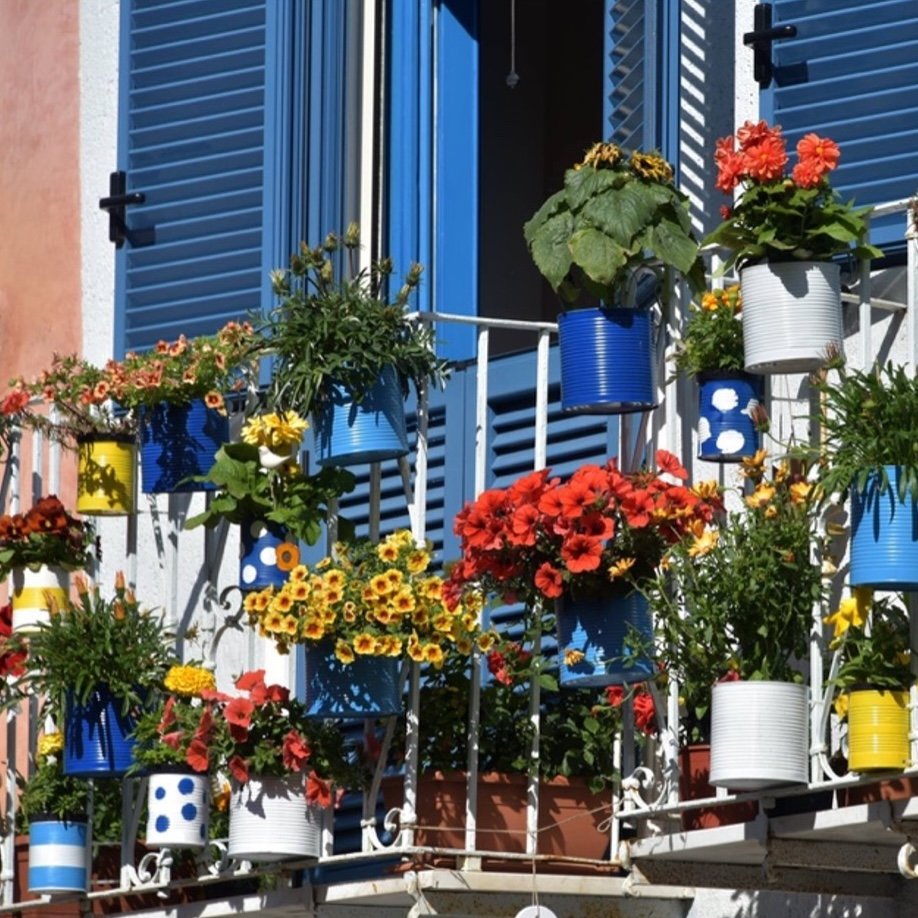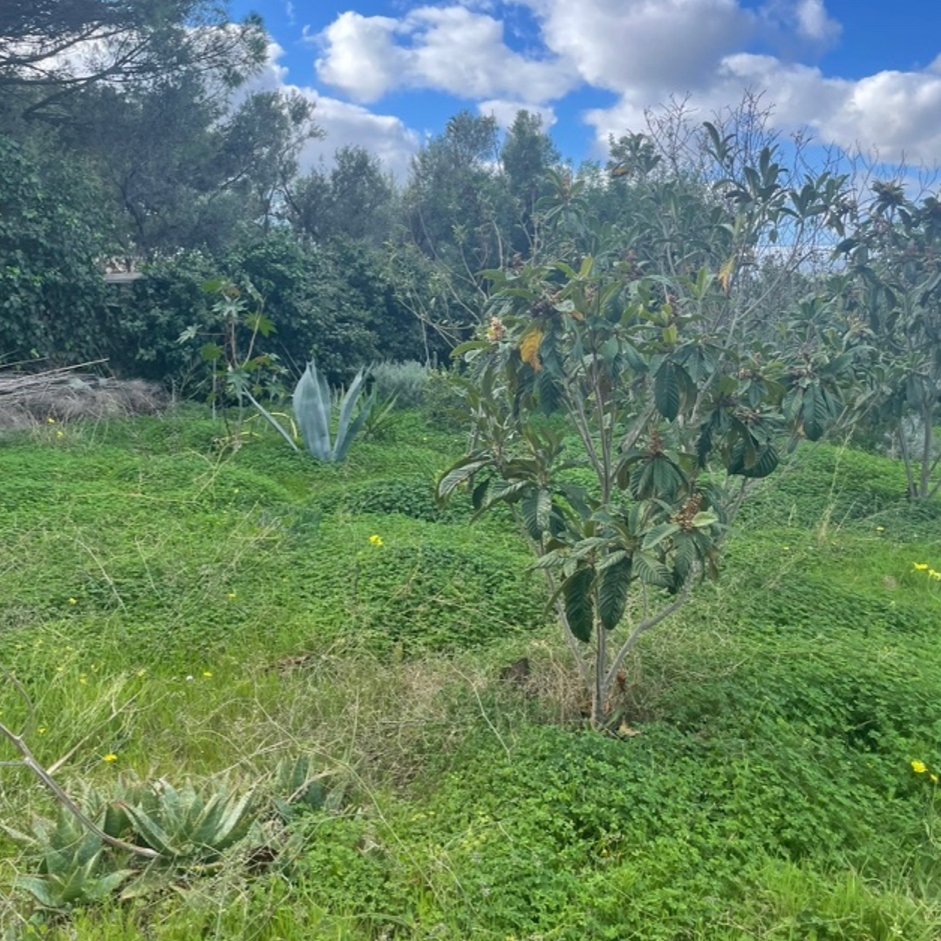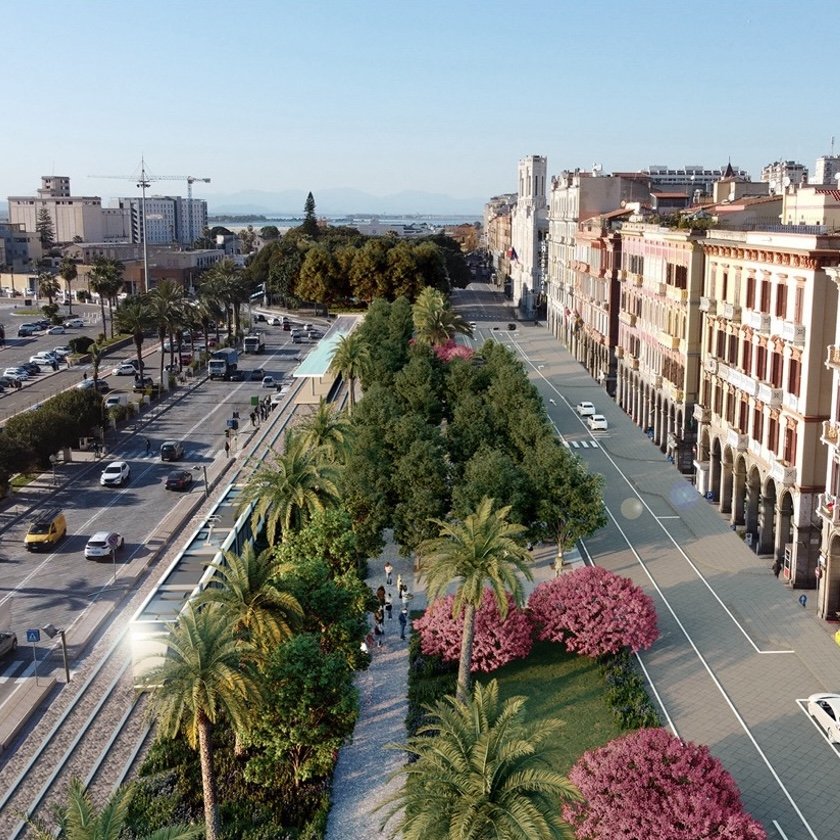The Case of Cagliari
The functional urban area (FUA) of the Case Study in Cagliari
Cagliari is a coastal city located in southern Sardinia. With a unique cultural and natural heritage, the functional urban area (FUA) of Cagliari consists of sixteen municipalities and comprises the entire Gulf of Cagliari, including the coastal stretch extending from the shores of Pula in the west to the administrative inland of Sinnai in the east. The city has a history of sustainability. It was among the first Italian municipalities to adopt a Green Plan in 1996 designed to enhance urban green areas and integrate environmental concerns into urban planning, and in 2006, under the leadership of Renato Soru, Sardinia became the first Italian region to adopt a Regional Landscape Plan (Piano Paesaggistico Regionale). The FUA is a mix of urban and rural areas, which all face various environmental, social, and economic challenges.
In response to these challenges, Cagliari and its municipalities are increasingly incorporating nature-based solutions (NBS) to improve urban resilience, biodiversity, and the quality of life for its residents. For Cagliari, NBS in governance and planning provide aesthetic benefits and are imperative for creating sustainable, resilient, and equitable urban environments. Learning from the Cagliari experience provides a model for harnessing nature’s power to address the interconnected crises of climate change, biodiversity and social justice. Today, the FUA is working to improve the ability of NBS to address these crises.
The number one reason for my engagement was precisely this idea that Sardinia as we know it, was disappearing very quickly. Sardinia is composed of wide untouched spaces, is made of our memories, and our experiences.
Three examples of nature-based solutions in Cagliari
Balconi Fioriti (“Blooming Balconies”) is an example of a grassroots NBS, particularly in which common issues in implementation, such as lack of financing, are overcome by social cohesion. This NBS shows the power of creative, bottom-up community initiatives that do not depend on funding from traditional sources that sit at the top of social hierarchies. Instead, the NBS relies on the local network’s creativity, intentions, and cohesion.
Food Forest Sardinia offers a compelling example of a practice that challenges the dominance of market-driven mechanisms and human-centered approaches to environmental management (also called neocolonialism of nature by the community). The NBS is a space where cultural traditions, historical knowledge, non-humans and humans support one another.
Cagliari’s Green Promenade project aims to improve and redefine the city’s connection to its historic waterfront. This project revitalizes the late 19th-century Via Roma, which has been a key part of Cagliari’s transformation since ending its military functions. The intervention is inspired by the city’s traditional tree-lined streets, transforming 24,000 square meters into a pedestrian-friendly, shaded space in harmony with historical urban arteries.

Figure 1: Photo of the Balconi Fioriti event in May 2016, by D. Steinmetz.

Figure 2: An example of forest gardening at the headquarters of Food Forest Sardegna in Assemini, photo by Carla de Agostini.

Figure 3: View of the project A Green Promenade for the Lungomare di Cagliari from the website of Stefano Boeri Archietti.



